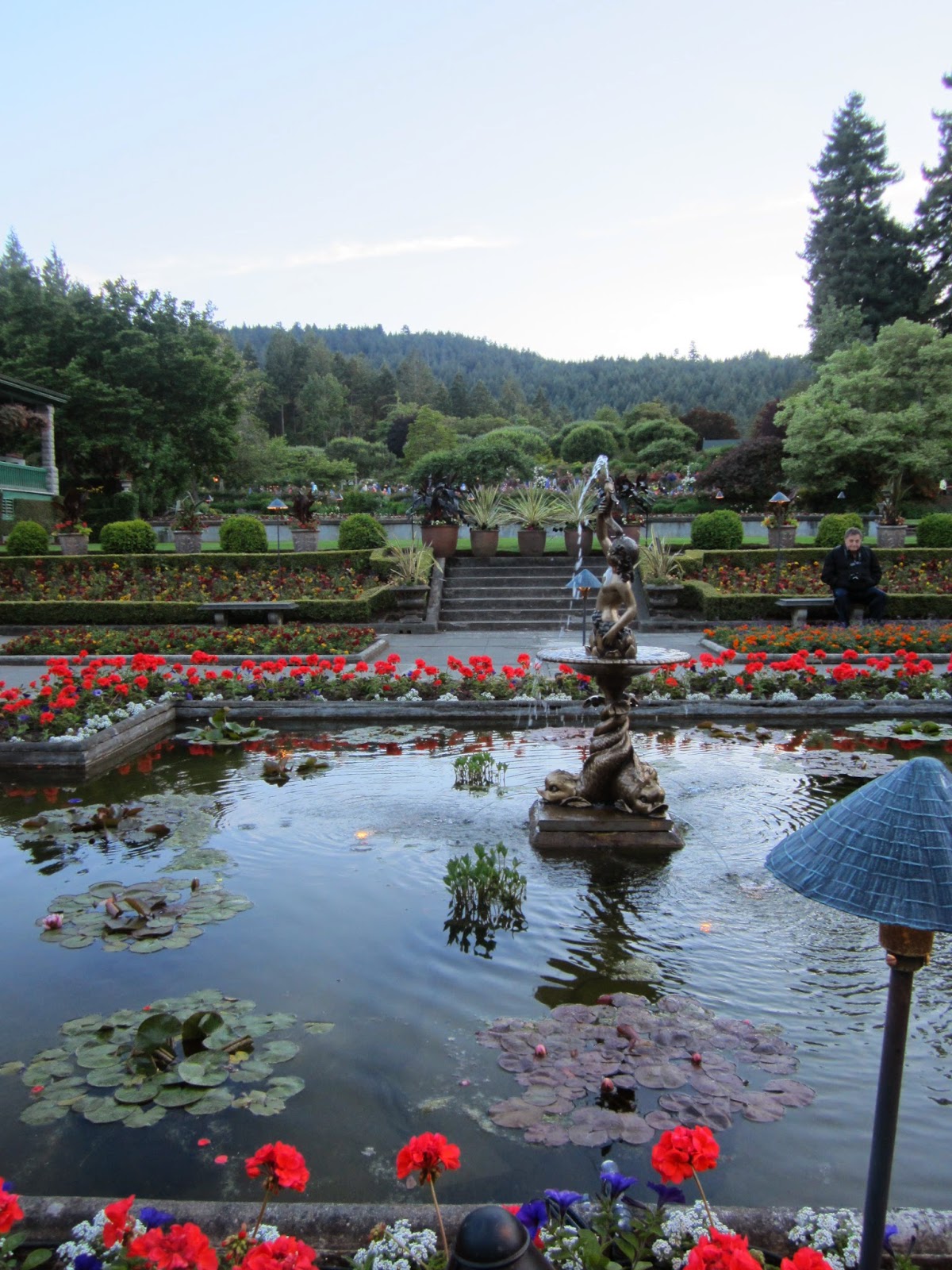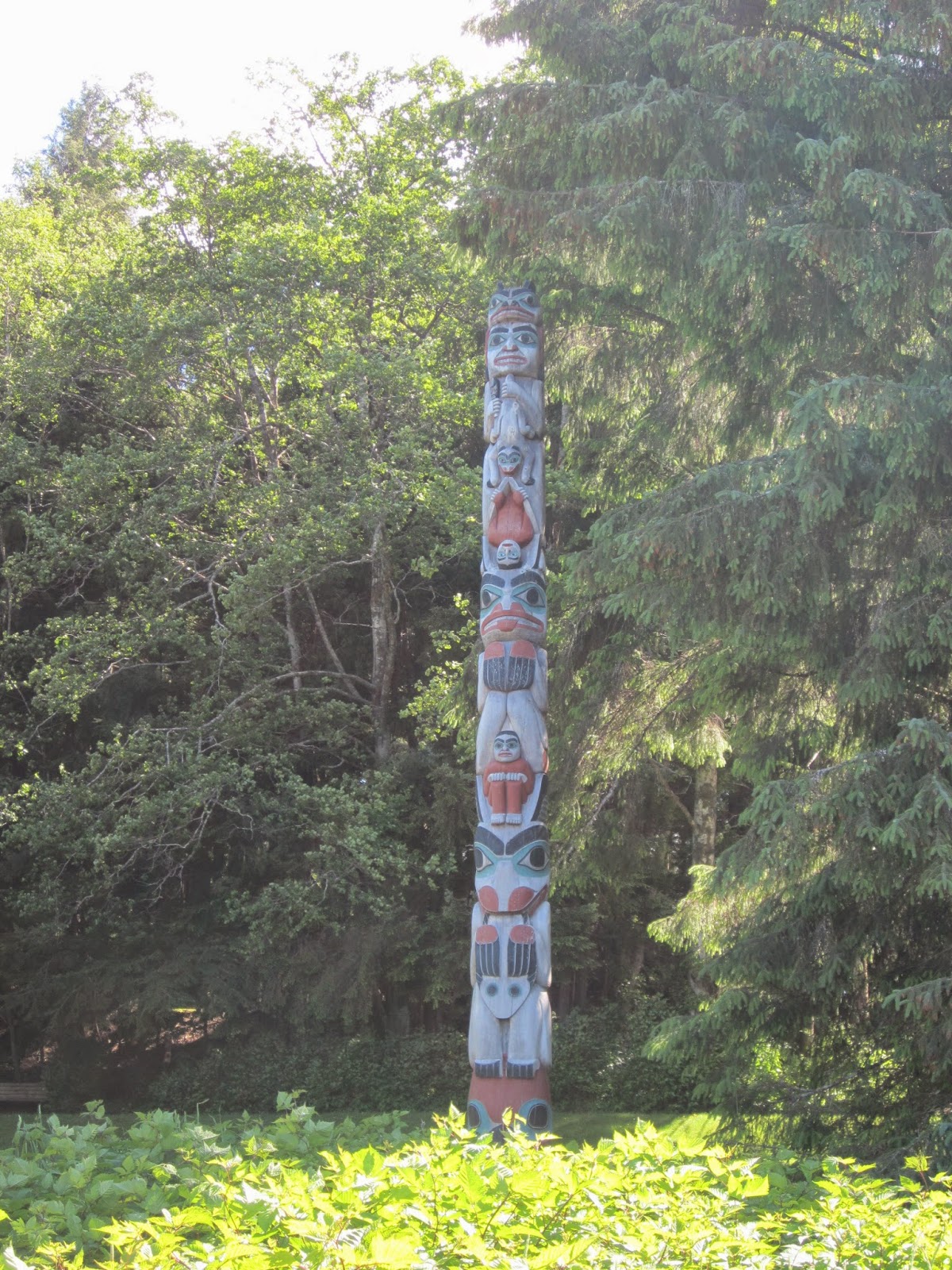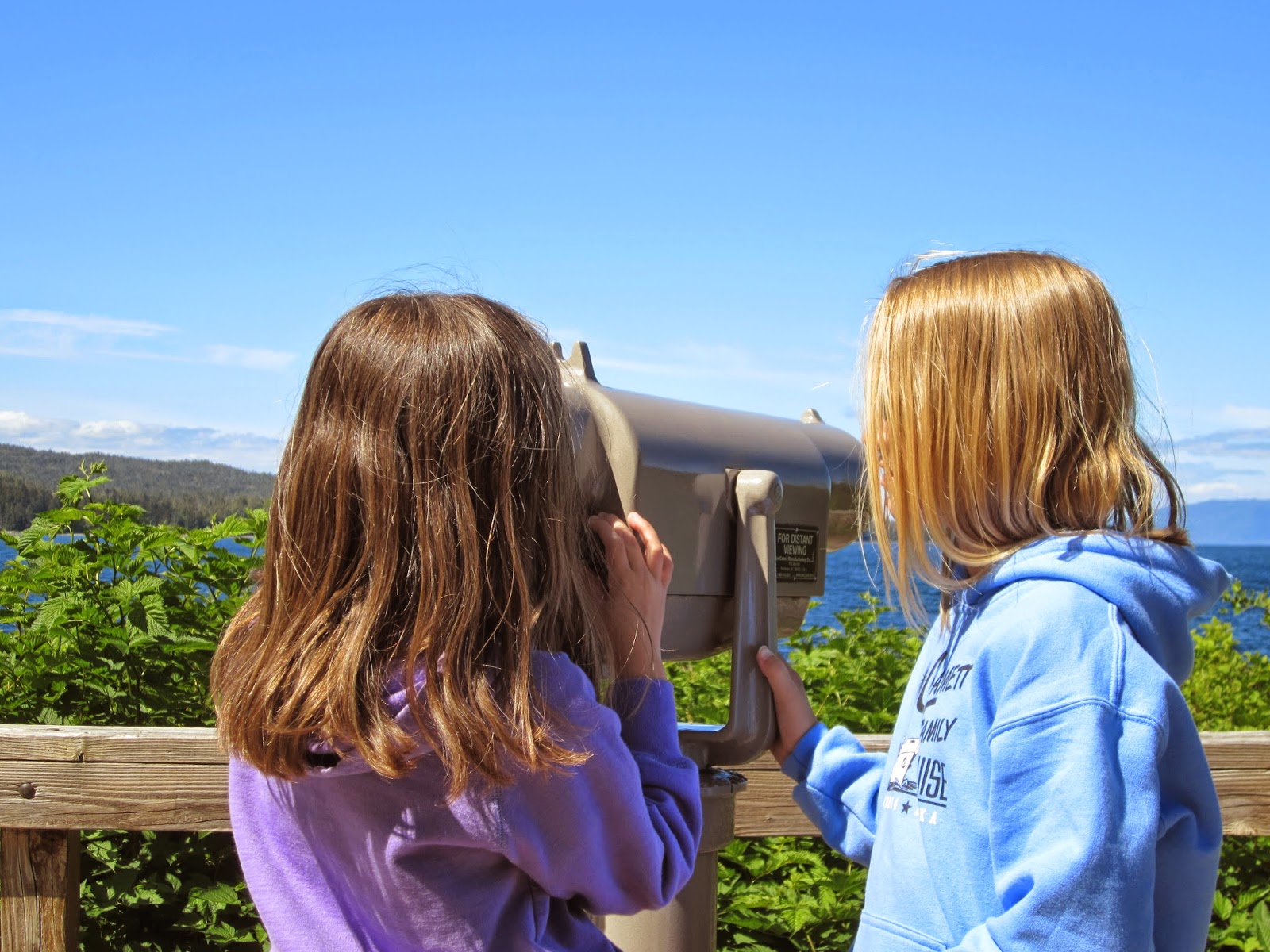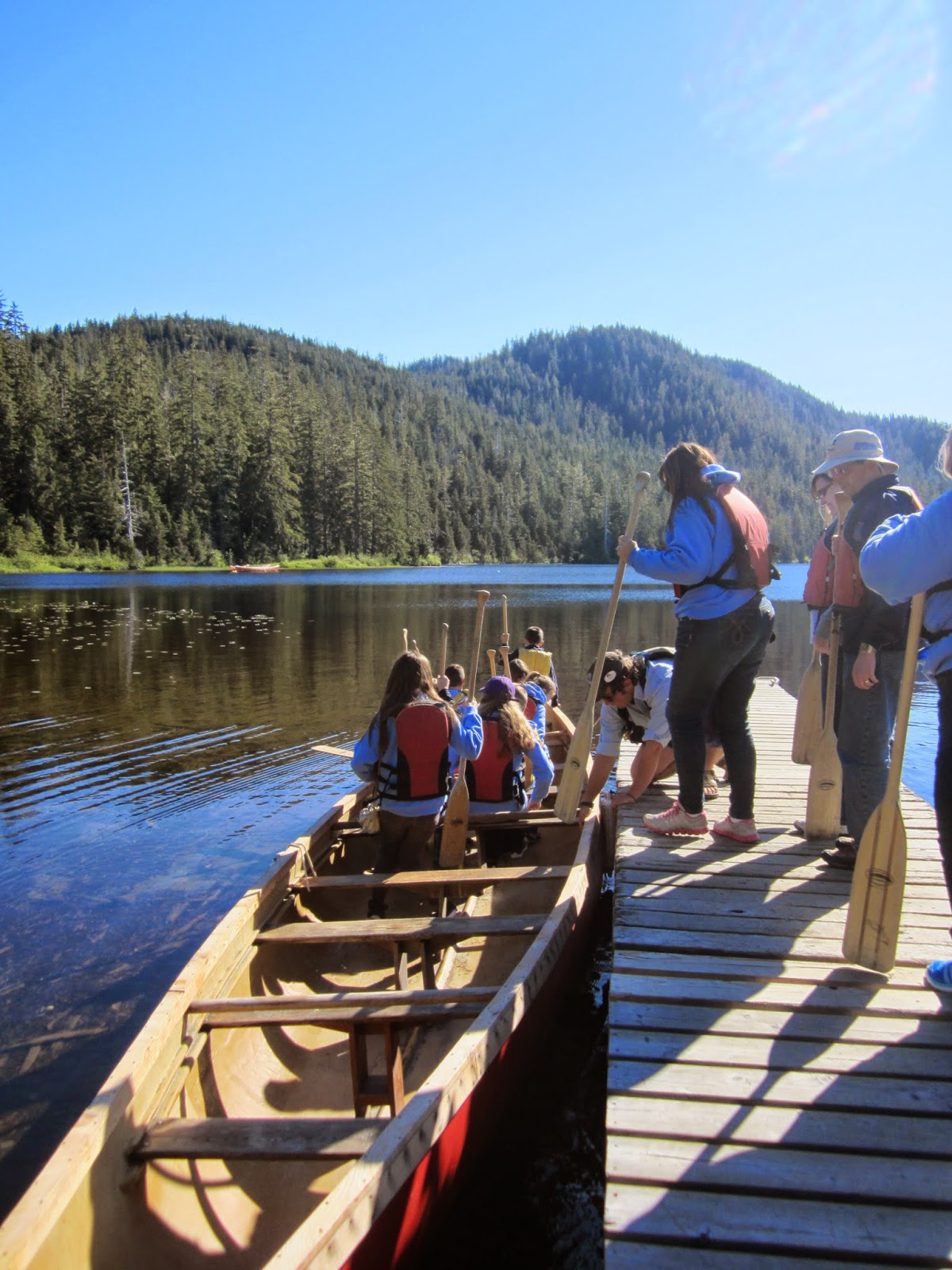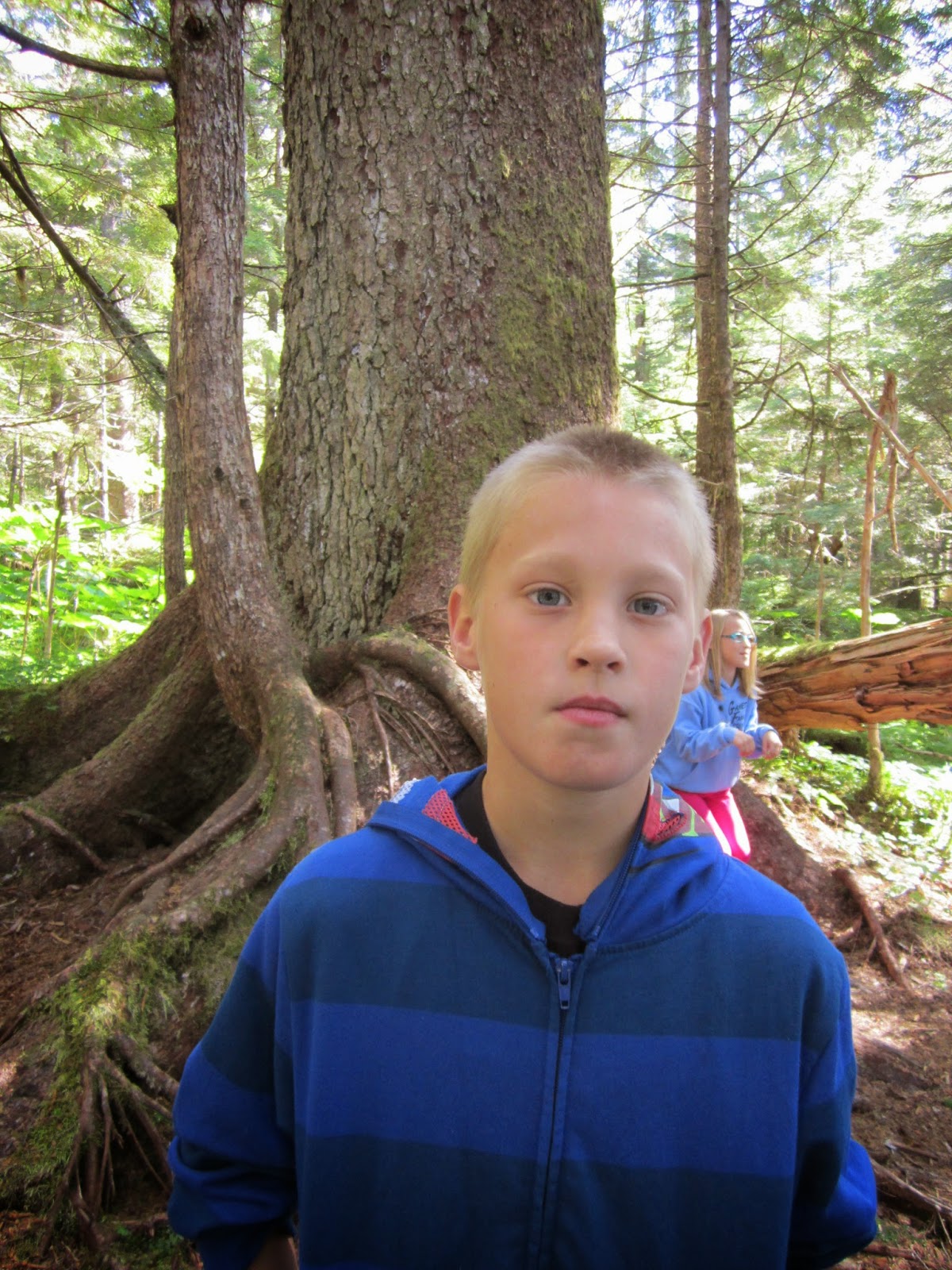Our last stop was in Victoria, Canada.
It was amazing!
There really are not words to describe how beautiful the garden is.
You just have to go and see it yourself!

You can read the story of the garden from
here.
I will include parts of it here with the pictures.
THE BUTCHARTS
Robert Pim Butchart, a pioneer in the thriving North American cement industry, was attracted from Owen Sound, Ontario to Canada’s West Coast by rich limestone deposits. In 1904, he developed a quarry and built a cement plant at Tod Inlet (on Vancouver Island) to satisfy Portland cement demand from San Francisco to Victoria. Jennie Butchart became the company’s chemist. Close to the quarry, the Butcharts established the family home complete with sweet peas and rose bushes.
As Mr. Butchart exhausted limestone deposits, his enterprising wife Jennie, made plans to create something of beauty in the gigantic exhausted pit. From farmland nearby, she had tonnes of top soil brought in by horse and cart and used it to line the floor of the abandoned quarry. Little by little, the quarry blossomed into the spectacular Sunken Garden.
Between 1906 and 1929, the Butcharts created a Japanese Garden on the seaside, an Italian Garden on their former tennis court and a beautiful Rose Garden. Mr. Butchart took great pride in his wife's remarkable work. An enthusiastic hobbyist, he collected ornamental birds from all over the world. He kept ducks in the Star Pond, noisy peacocks on the front lawn and many elaborate birdhouses throughout the gardens.
One of the facinating stories our guide told was about how the gardens were saved by two ducks.
One year, while traveling in Europe, the family received word that both of their Woodland Ducks had died after an eagle attack. Since they were already mostly there, Robert insisted on going to Germany to purchase new ducks.
Jennie would hear nothing of it, insisting that if they went, they would miss their steamship home. Robert put his foot down and insisted and off the family trekked to Germany. After making his purchase and arranging for the ducks to be sent back to British Columbia, the family rushed back to England only to find that they had missed their boat by two days. So they had to make alternate travel arrangements.
What boat did they miss? The Titanic.
And that's how two dead ducks saved the Butchart Gardens.
On our way back to the cruise ship we drove past Victoria's City Hall...maybe??






















